When it comes to tin-top racers, few get fans as excited as Super Tourers. It’s now 30 years since these iconic machines first turned a wheel in anger, but even now they are remembered as providing some of the most exciting motorsport ever.
Originally created as a relatively low cost entry to touring car racing, over the next decade these machines went on to be some of the most expensive and sophisticated in the world, as well as turning the BTCC into the most popular and important saloon car racing on the planet.
On the surface the rules were simple - the cars had to be series production-based and to have 2.0-litre engines with no more than six-cylinders and rev no higher than 8,500rpm, while (initially) only two-wheel drive was allowed.
At its peak there were 10 factory-backed squads competing, employing some of fastest and best paid drivers in the business, while the closely fought, panel-bashing action and larger-than-life characters behind the wheel meant it frequently pulled in more TV viewers than F1. Put simply, it was the biggest motorsport spectacle in the world.
Here we look back at 10 of our favourites from this incredible era.
Ford Mondeo
There’s an argument that the Mondeo is the car that did for Super Touring in the BTCC, Ford’s deep-pocketed £10 million (around twice that in today’s money) three-car assault on the 2000 title finally persuading rulemakers and manufacturer’s to cry enough.
Prepared by Prodrive, these were some of the fastest and most advanced tin tops ever seen, with each car costing around £1 million in that final season. Yet much of the groundwork had been done a few years earlier by Andy Rouse, who had originally developed the car in 1993. Like the Xedos 6 it used a Mazda V6 (the Japanese firm was part of the blue oval stable back then), but in the Mondeo it was mounted so low and so far back (for better of C of G) that one of the driveshafts had to be routed through the engine’s Vee.
Kiwi ace Paul Radisich used the car to win back-to-back World Touring Car Cup in 1993 and 1994 against the cream of global tin-top talent, plus it was also one that Nigel Mansell drove on several high profile occasions, but it would take that final, multi-million pound effort in 2000 for Ford to finally secure the BTCC title.
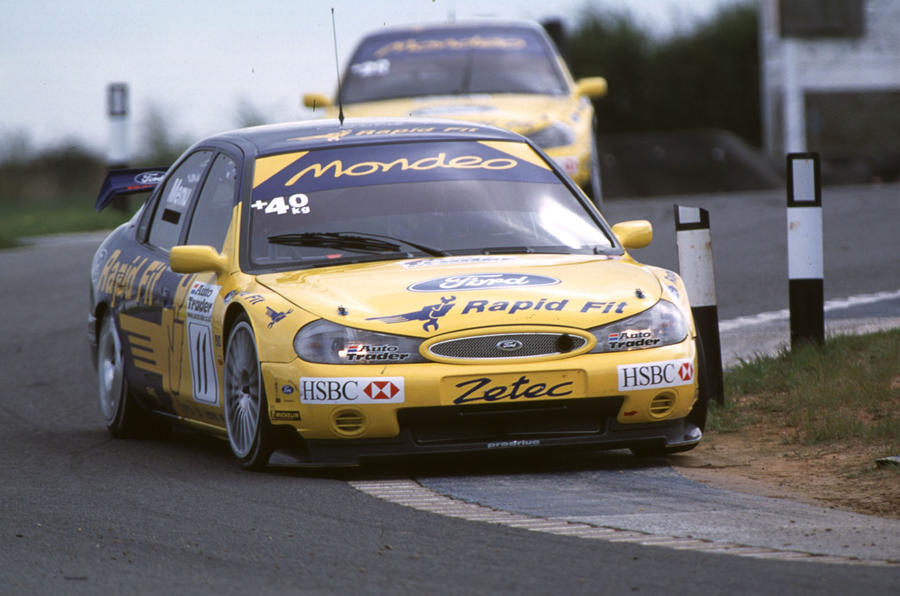

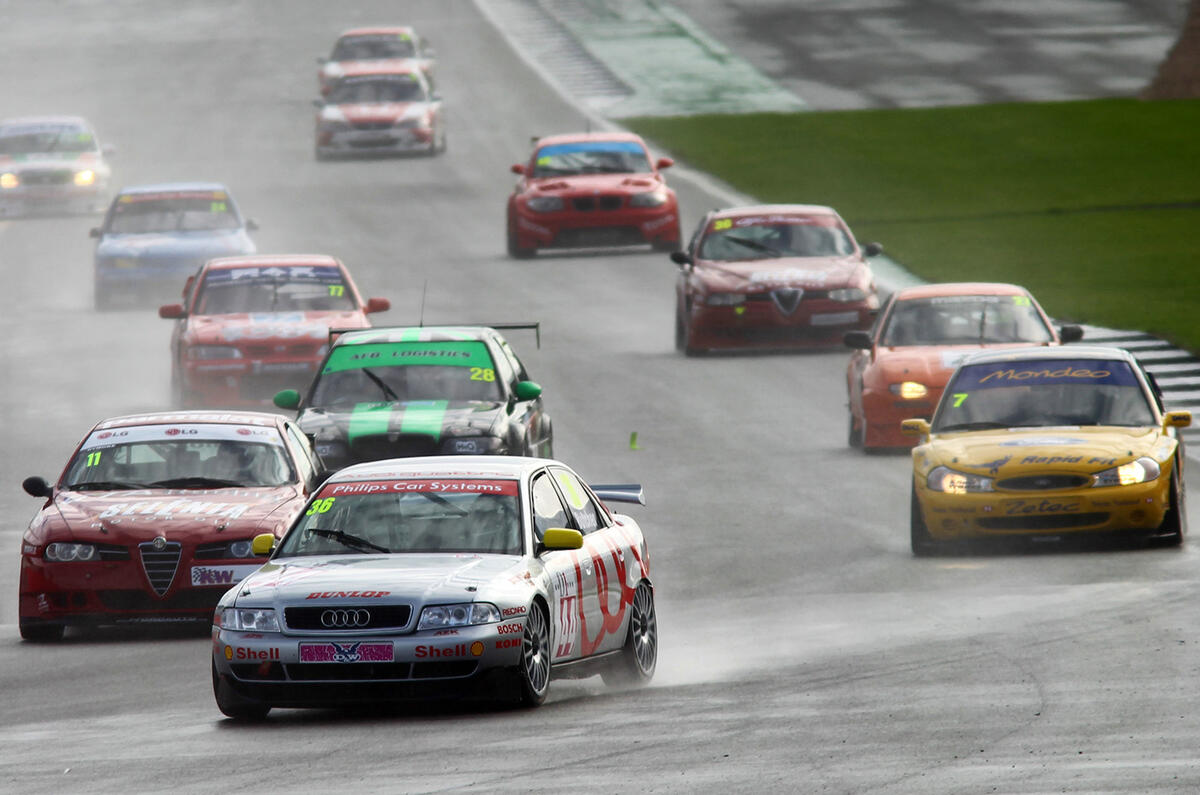
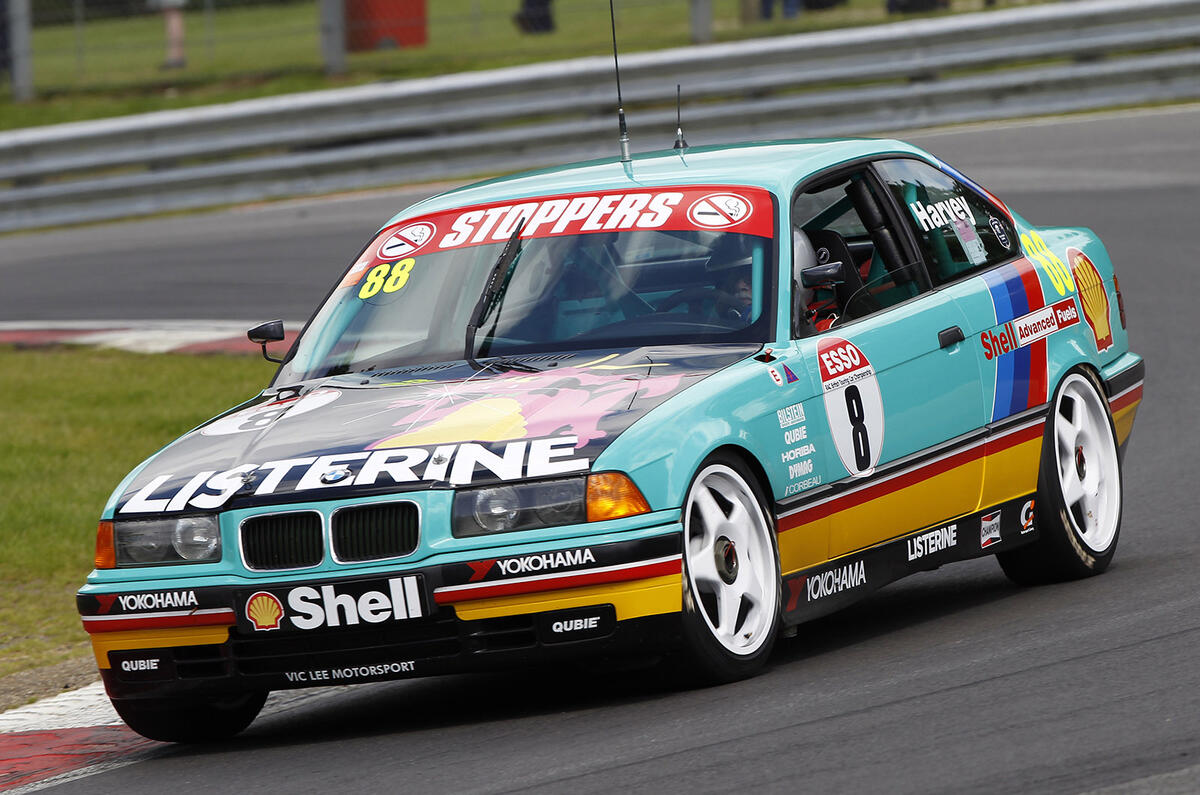
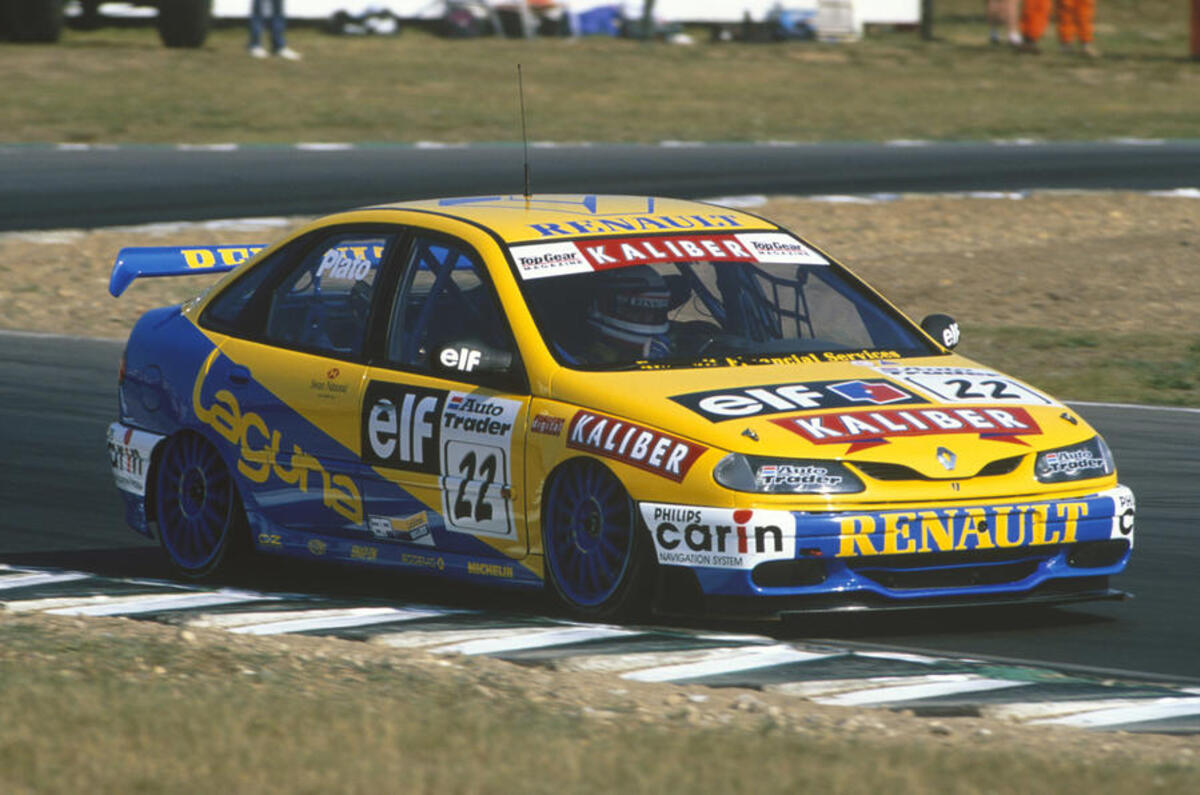

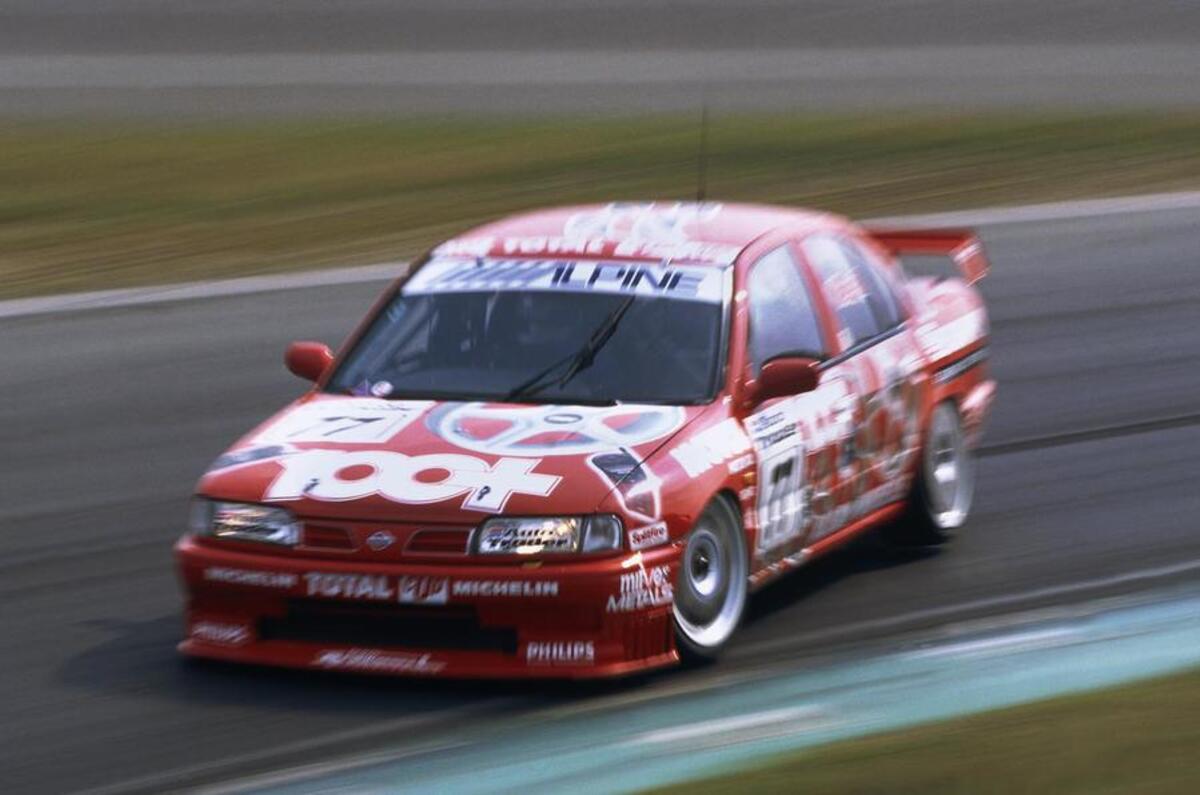
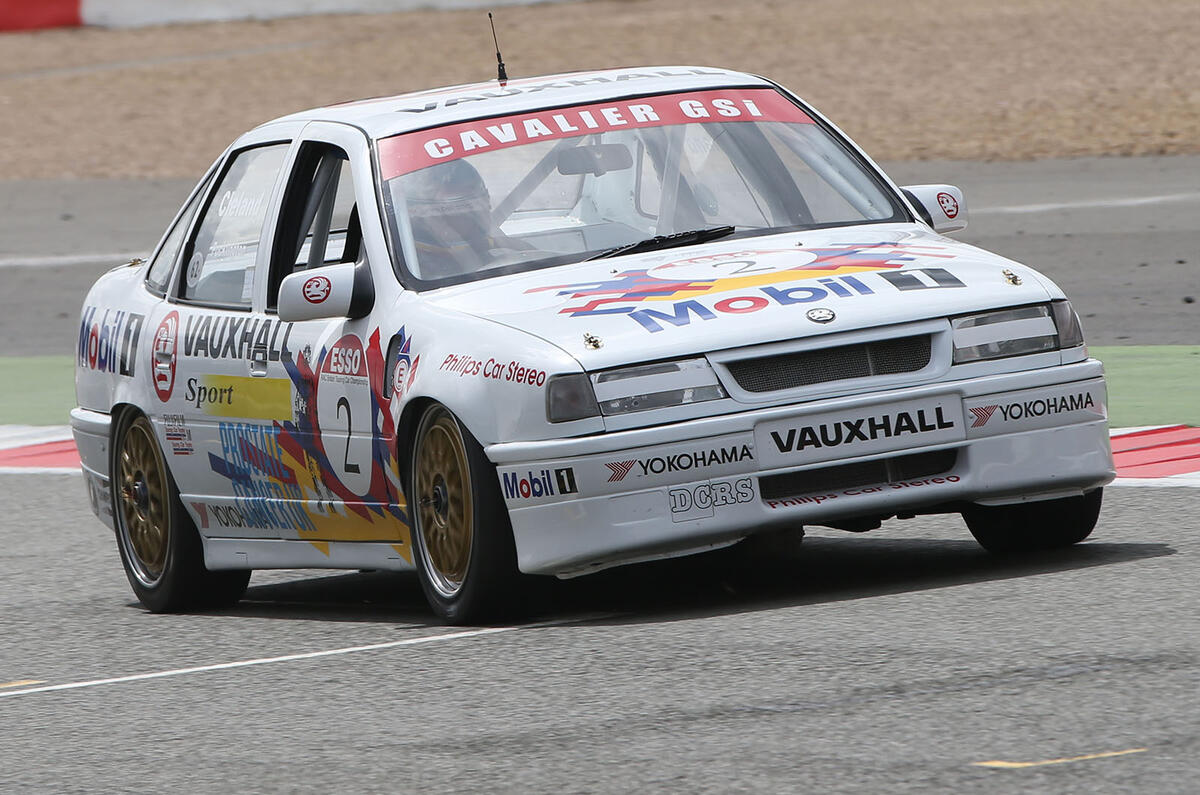


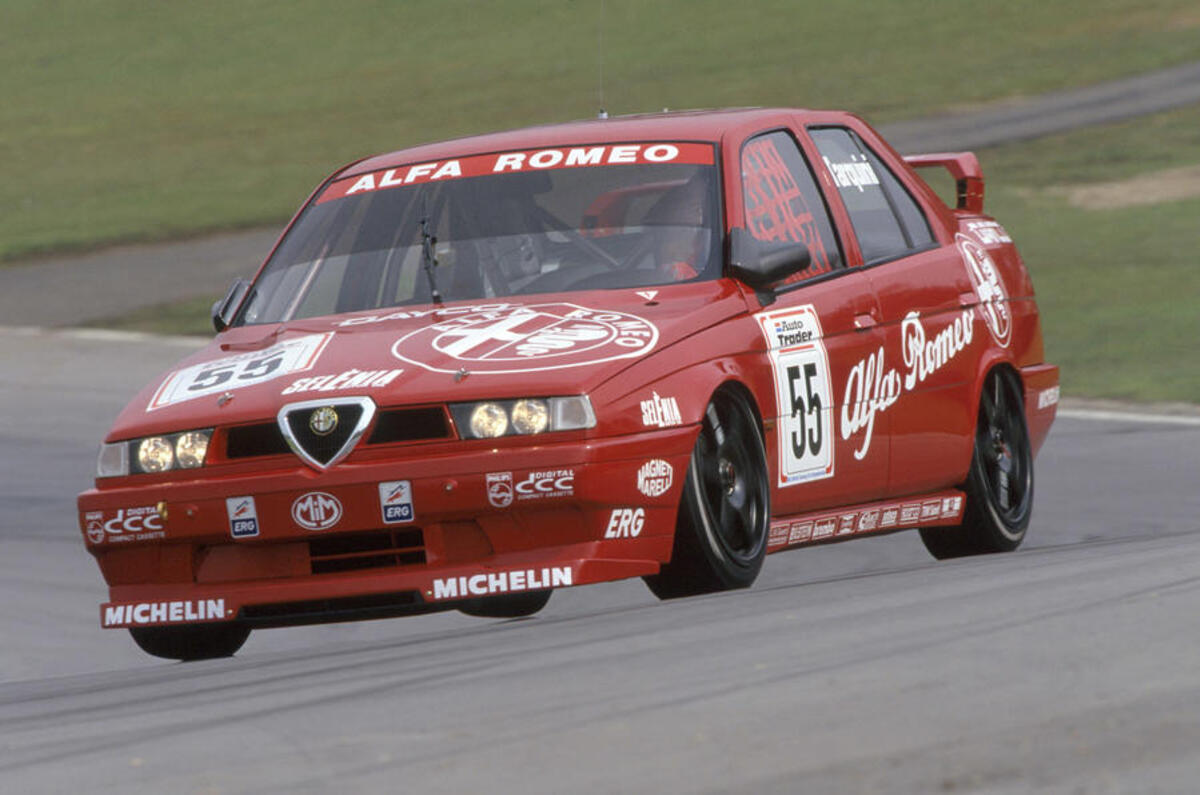
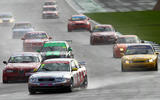









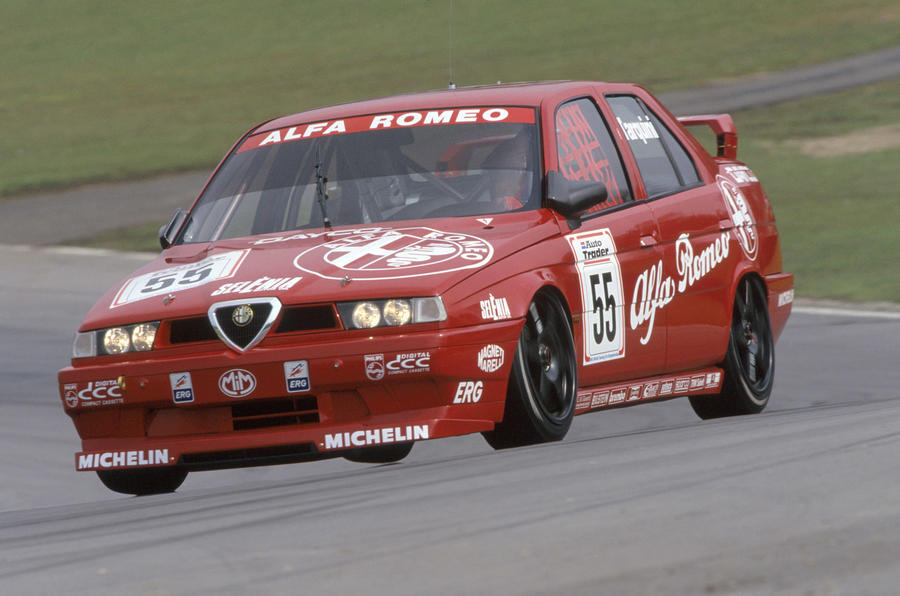
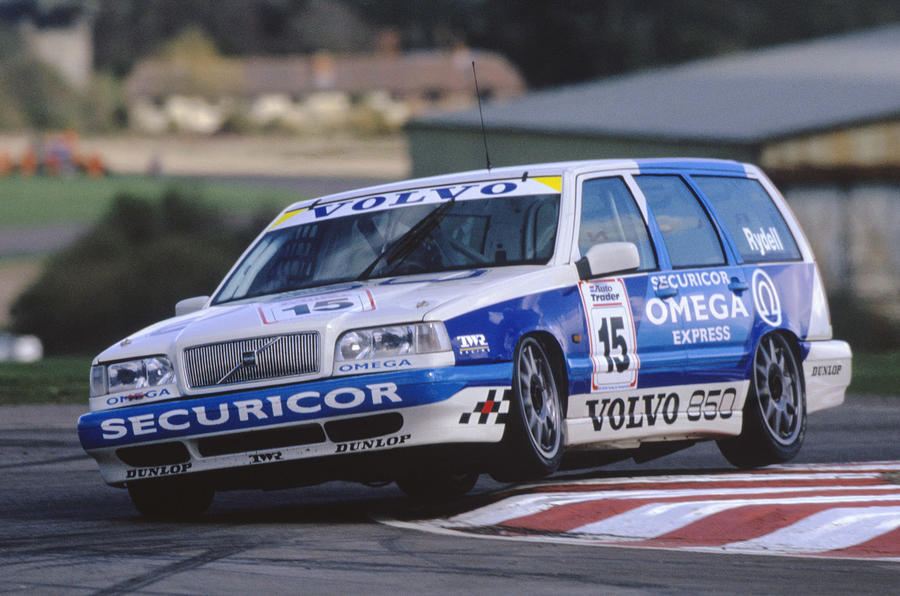
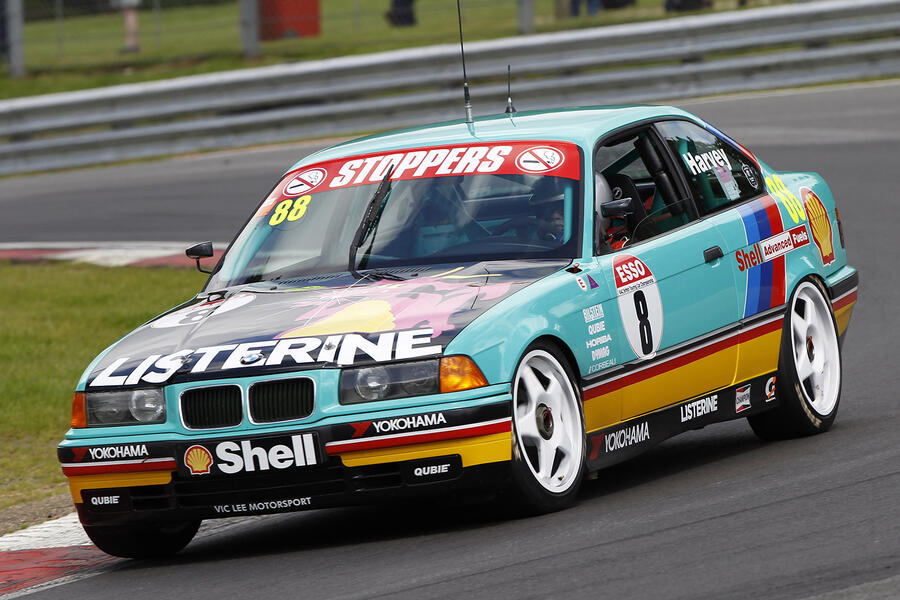
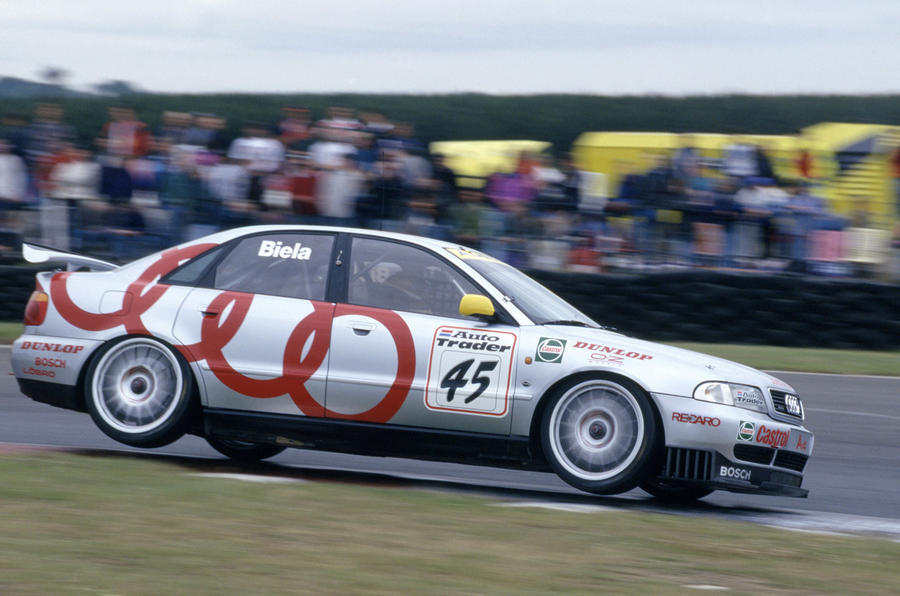
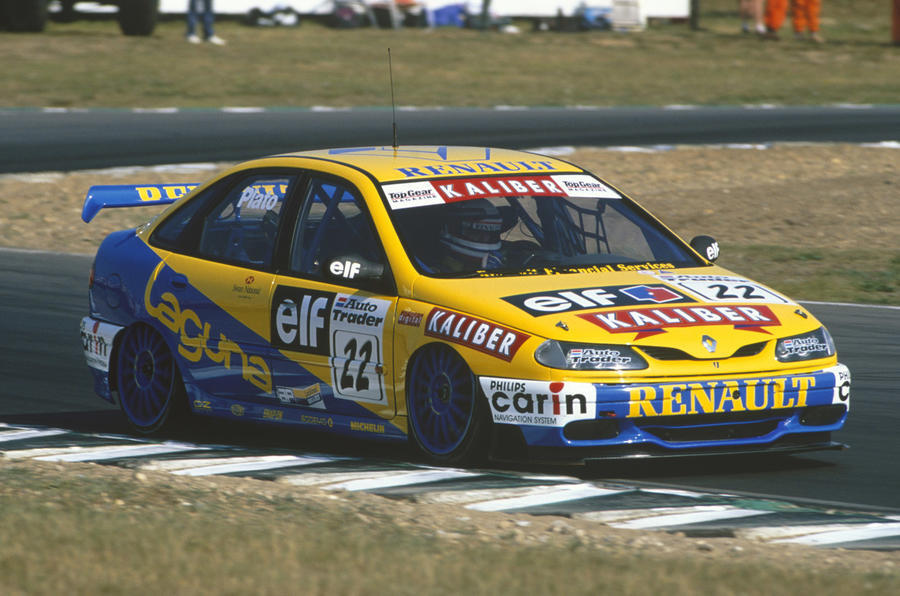
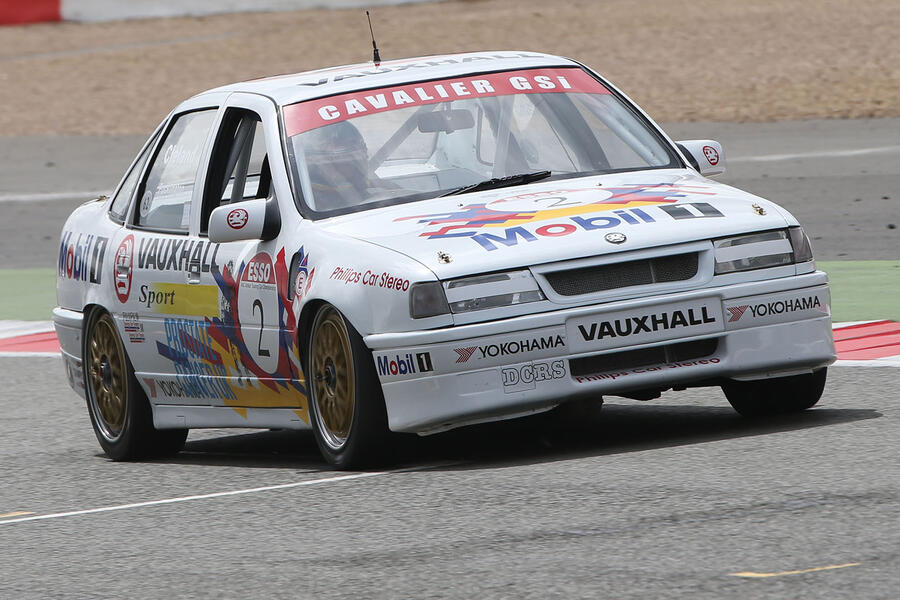
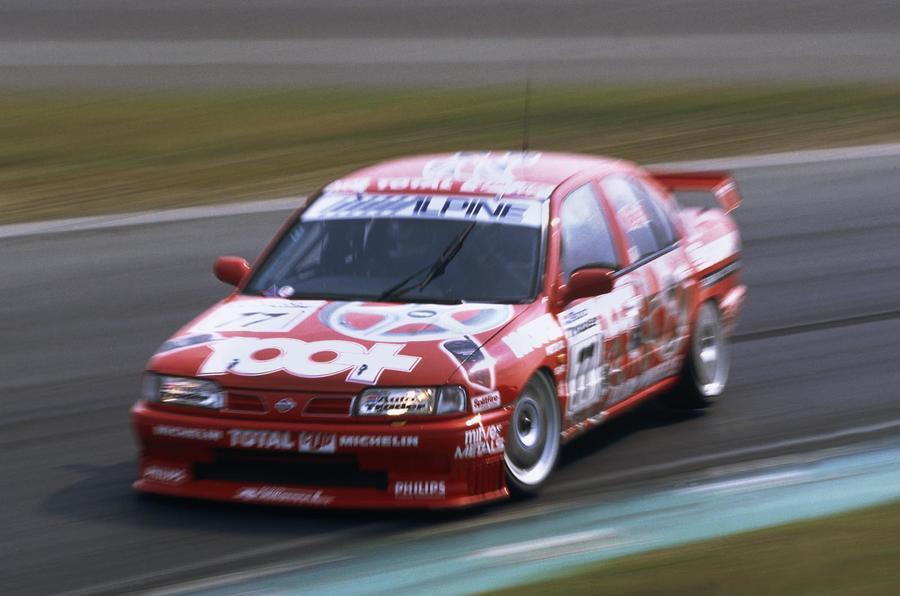
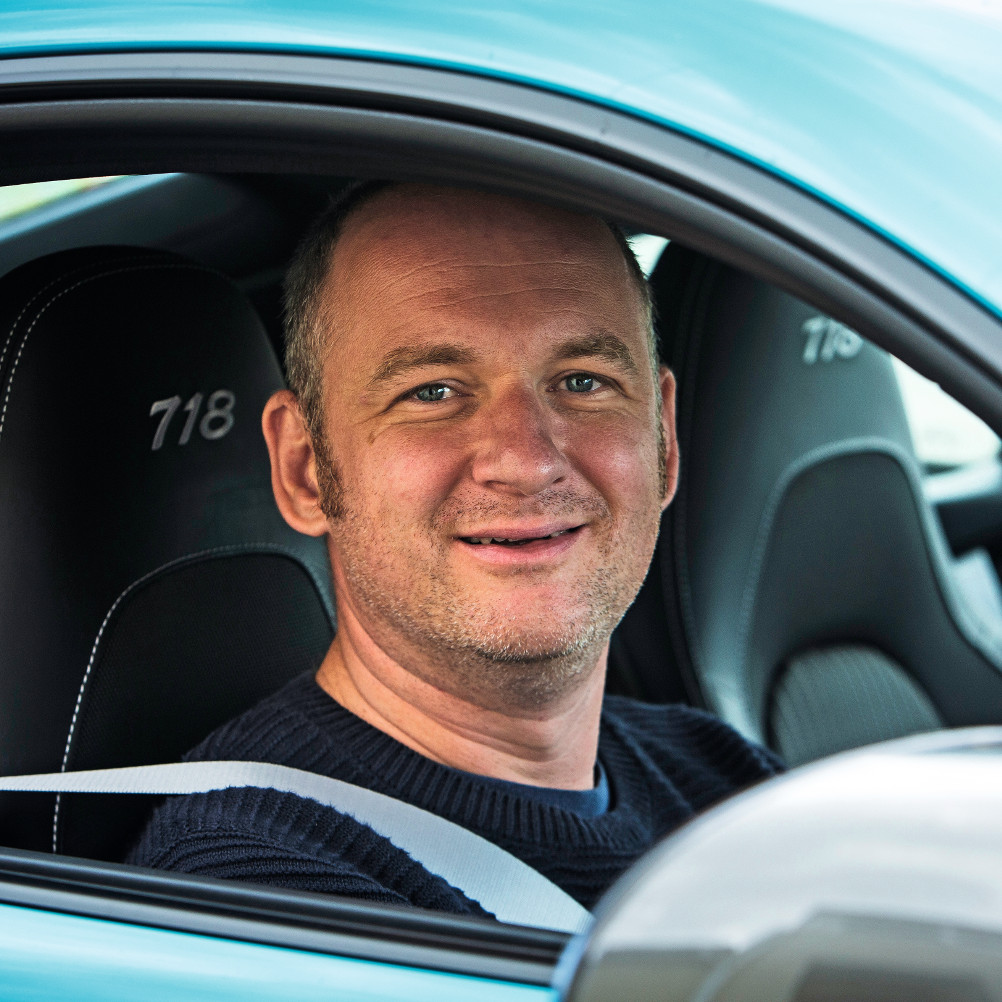




Add your comment